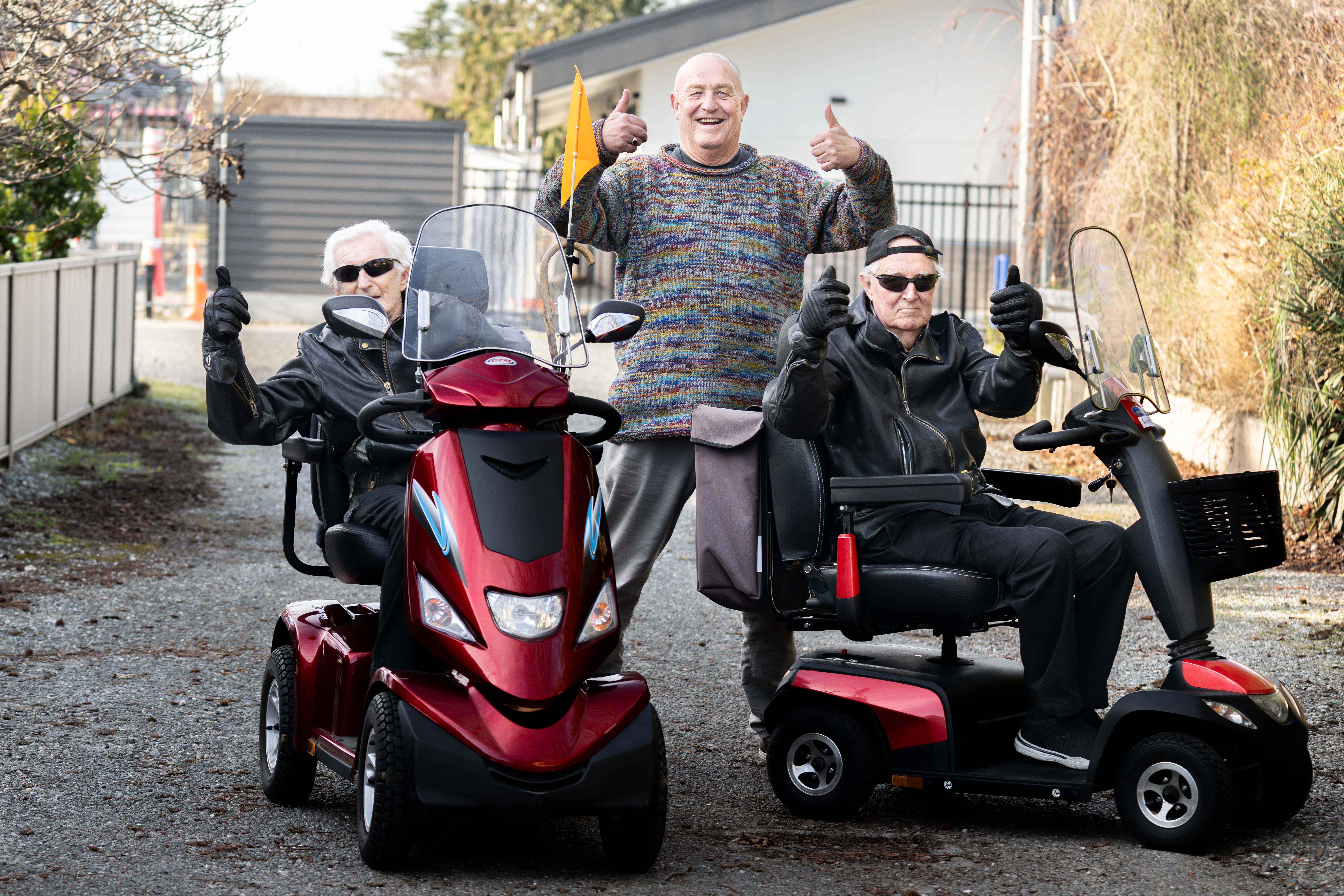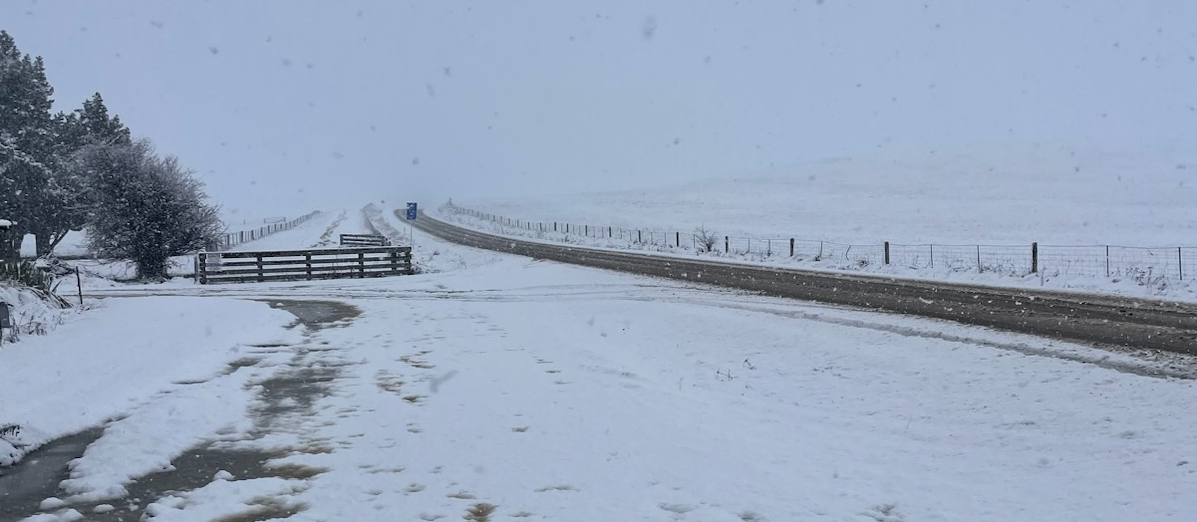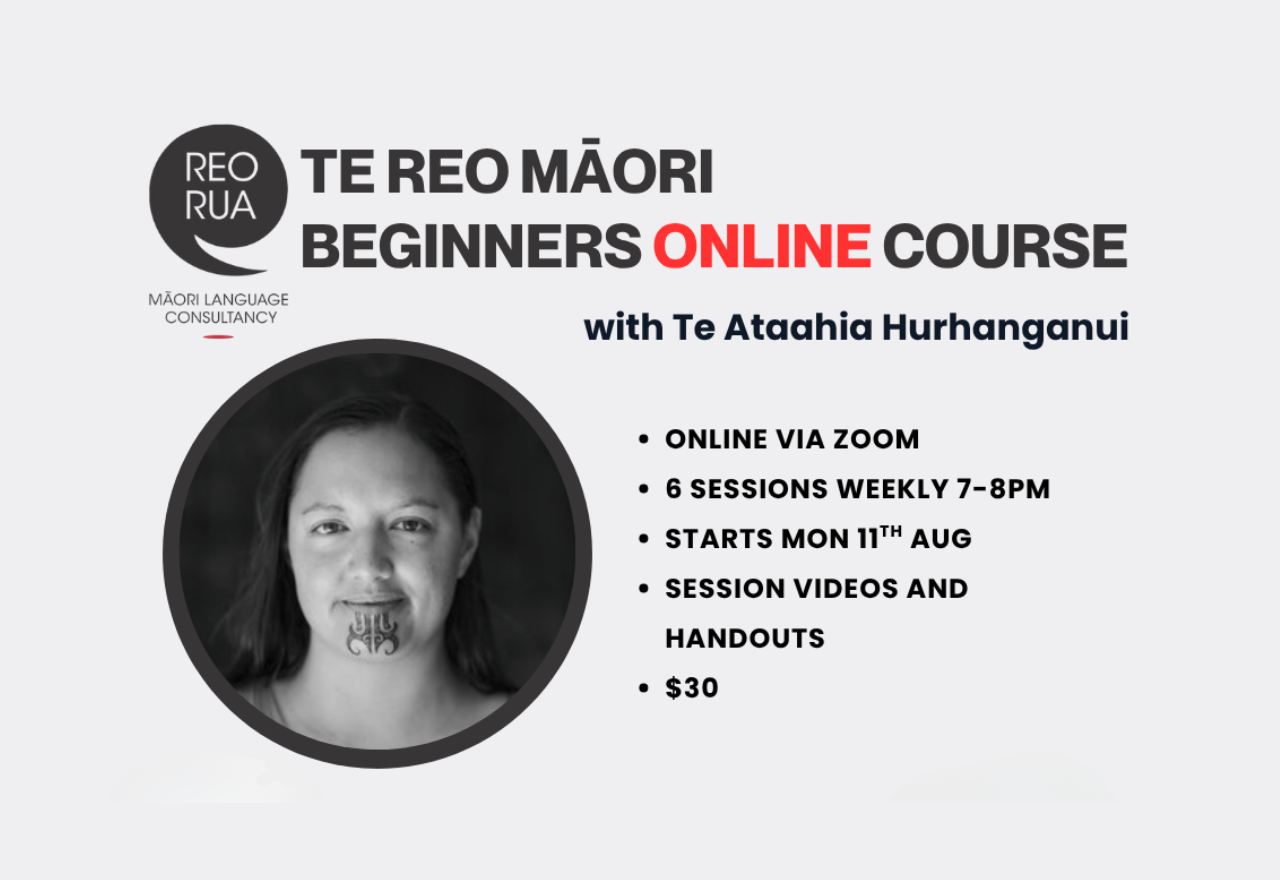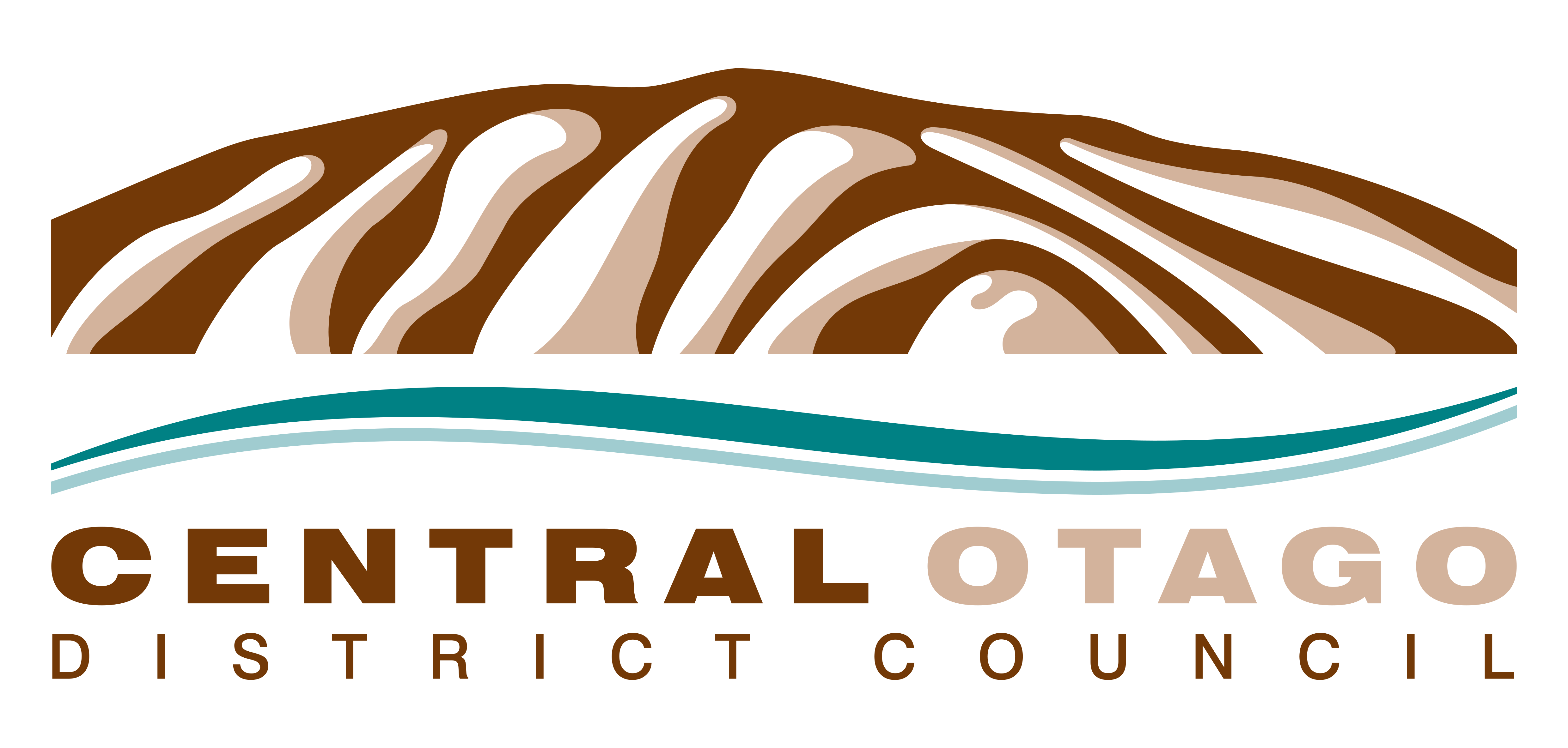Foreign tourist fees ‘a positive step’ - tourism boss
Kim Bowden
08 August 2025, 5:30 PM
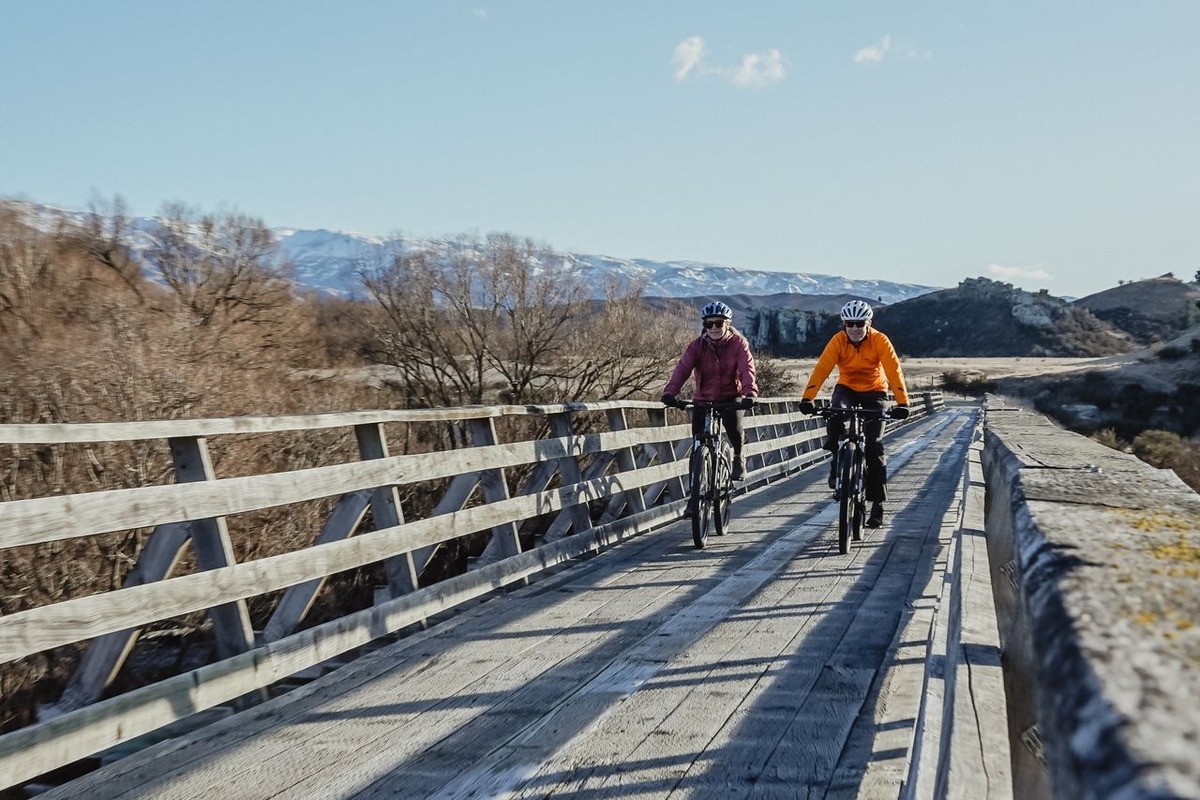 Central Otago’s cycle trail network is maintained and developed by volunteer-led trail trusts. Image: Tourism Central Otago/James Jubb
Central Otago’s cycle trail network is maintained and developed by volunteer-led trail trusts. Image: Tourism Central Otago/James JubbA Central Otago tourism leader says charging foreign visitors to access some of New Zealand’s most iconic natural attractions is a fair way to ensure the costs of tourism are shared more evenly.
Last week the government announced international tourists would soon pay a fee to visit four famed visitor hot spots: Milford Sound, Aoraki/Mount Cook, Cathedral Cove, and the Tongariro Alpine Crossing.
Tourism Central Otago head of destination Antz Longman said the move was “a positive step” in a context where the benefits of tourism have been well accounted for – but the burdens have not.
“We have to protect the assets and environments that we enjoy and value as New Zealanders - and [which] are one of the main reasons why travellers choose to visit New Zealand,” he said.
Antz said the proposal aligns with international practice, but the key will be ensuring revenue is reinvested locally.
“What is critically important is that the funds raised are clearly reinvested back in the place they are charged and not returned to a central pot,” he said.
“Overall, as a country we do need to be conscious of the cumulative effects of charges (GST, International Visitor Levy and location-based charging) to our international visitors – over time.”
While none of the initial fee sites are in Central Otago, he said the principle reflected work done in the district’s own Destination Management Plan, which identified the need for a self-sustaining funding model to support both short and long-term investment in infrastructure, environmental health, and community wellbeing.
Central Otago’s cycle trails were one example where extra funding could make a difference.
Maintenance and development were currently sustained by volunteer-led trail trusts, contributions from commercial operators, donations from riders, and limited central government support.
Antz said central funding for cycle trails comes largely from the International Visitor Levy, which is mostly paid by people who don’t use them.
“Cycle trails across the country are primarily utilised by New Zealanders and Australians who do not pay the IVL,” he said.
Cromwell-based international expedition leader and Africa travel wholesaler Natasha Sinclair, who runs trips in Africa and India, said such fees are common overseas and generally well-accepted.
“At Victoria Falls, for example, you have three tiers of pricing…and the whole reason for having that is ensuring visitors can make a meaningful contribution to the site, but that it is still accessible to local people within the country to enjoy.”
She called New Zealand an “outlier” by opting until now to not charge visitors for access to its most popular natural attractions.
She said in many countries visitor fees are a practical way to help manage the environmental and infrastructure pressures tourism creates.
“The more people who do come to a place, obviously creates its own big issues – with rubbish management, maintenance and all of that. And if the country doesn’t have a high average wage or, like ours, has a small population, people have to pay for that stuff.”
Have a story to share or comment to make? Contact [email protected]
NEWS
WHAT'S ON
